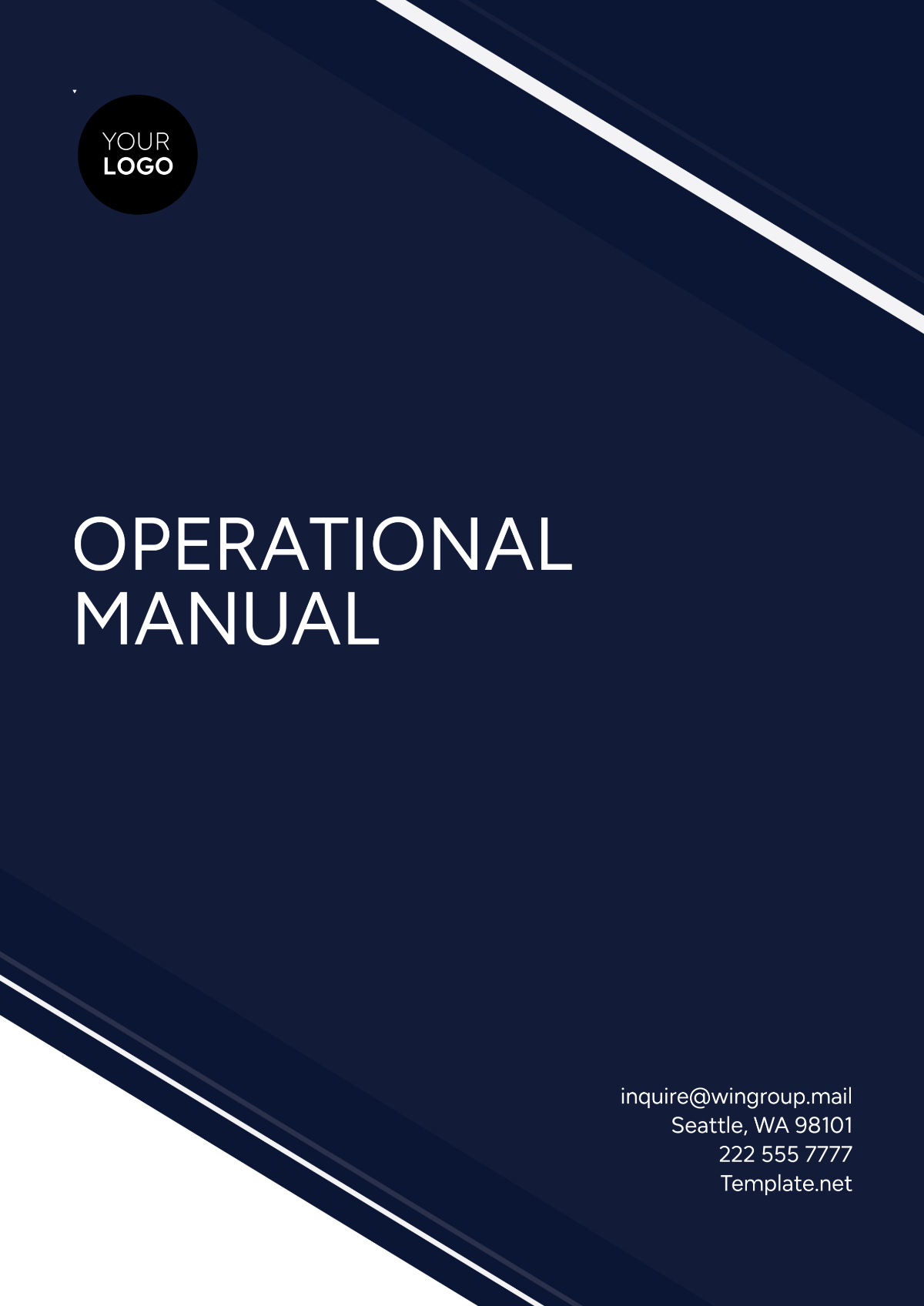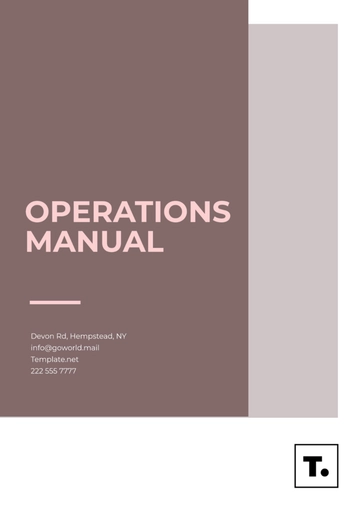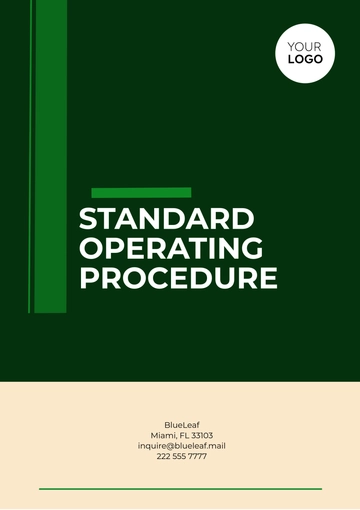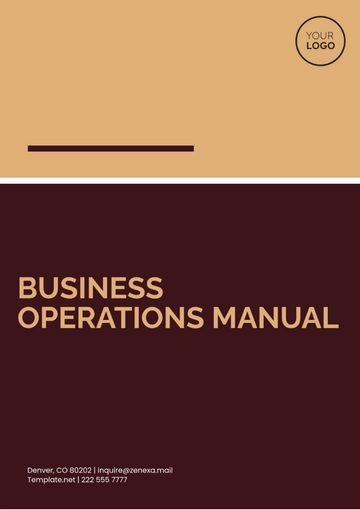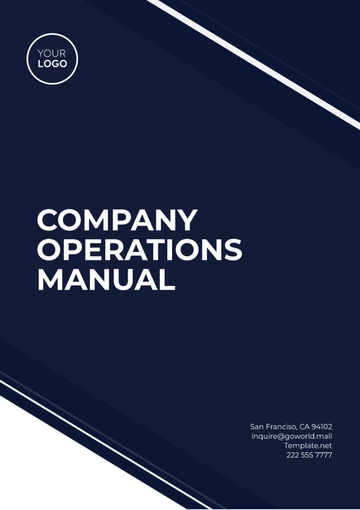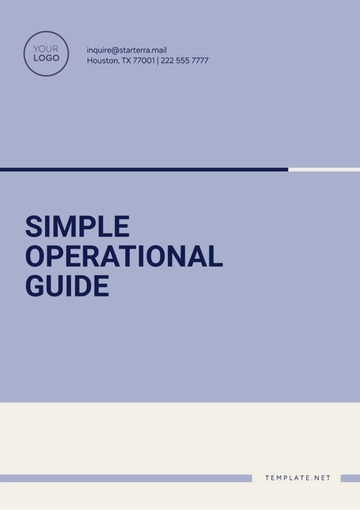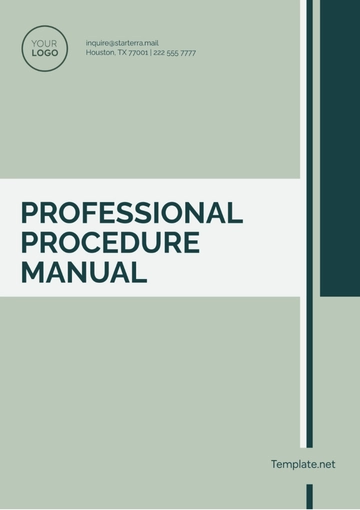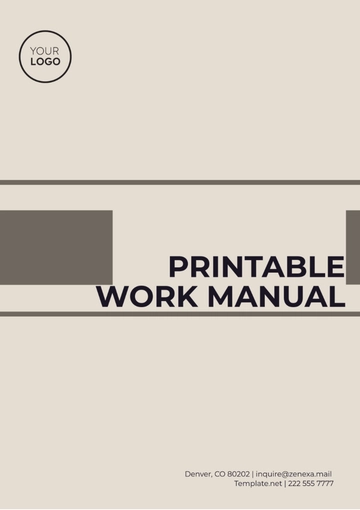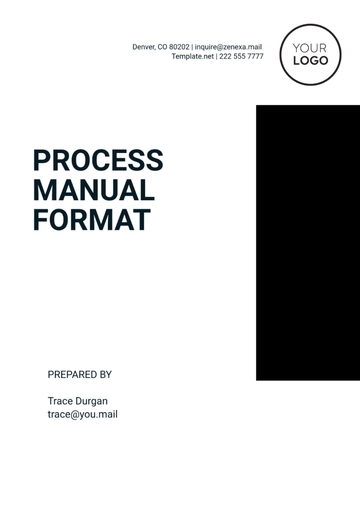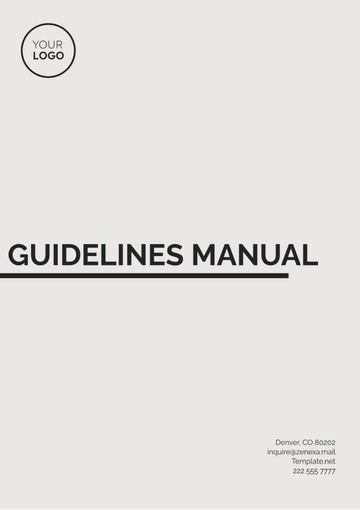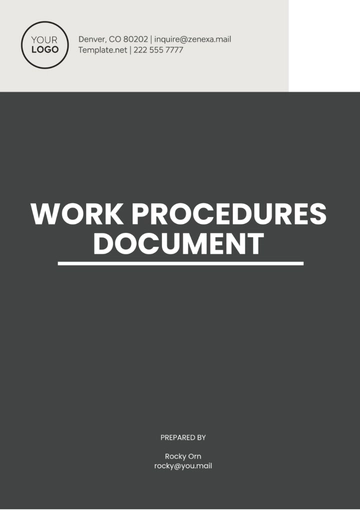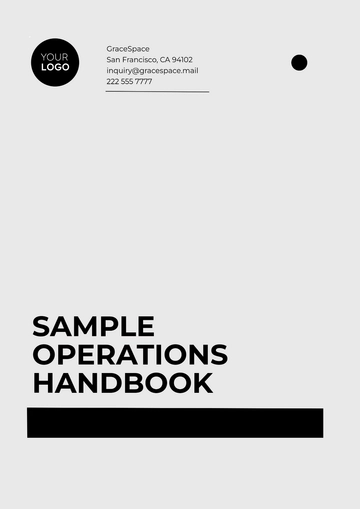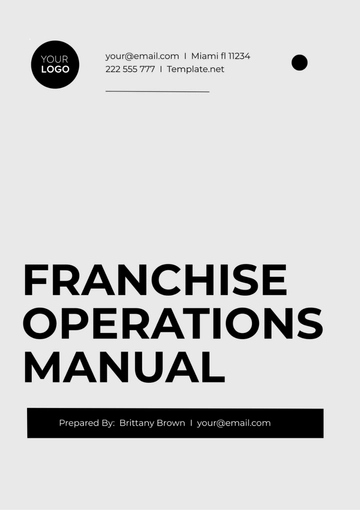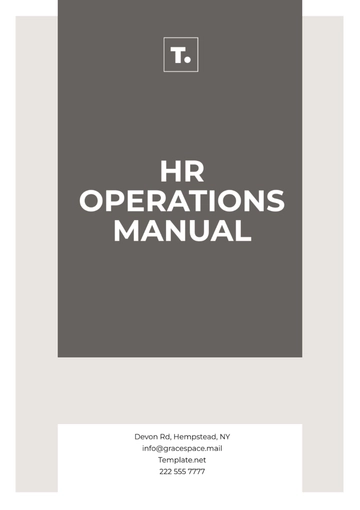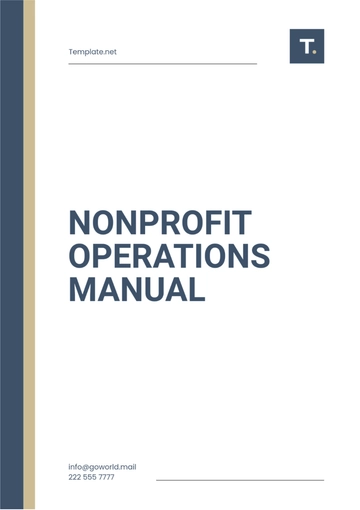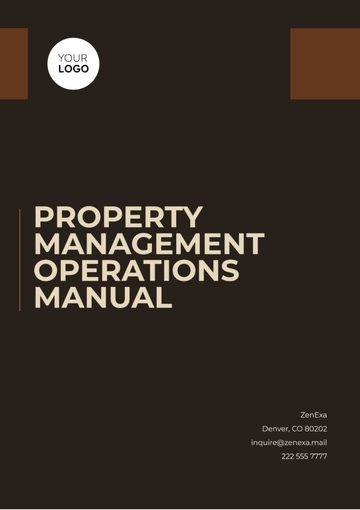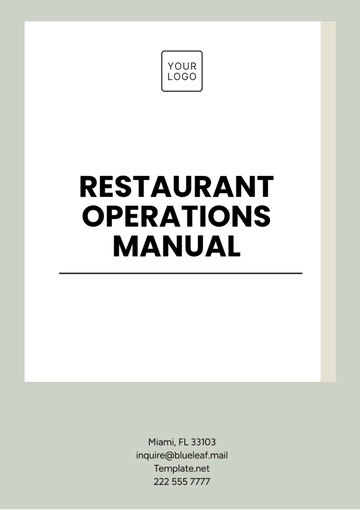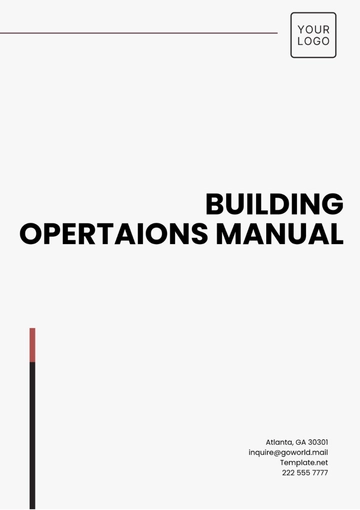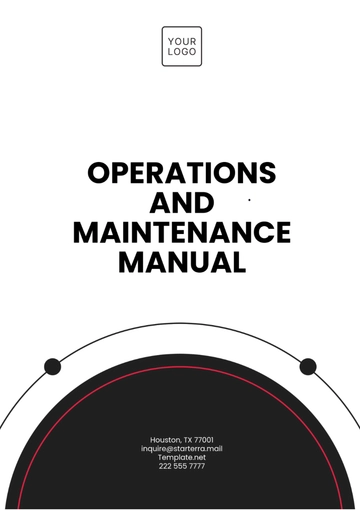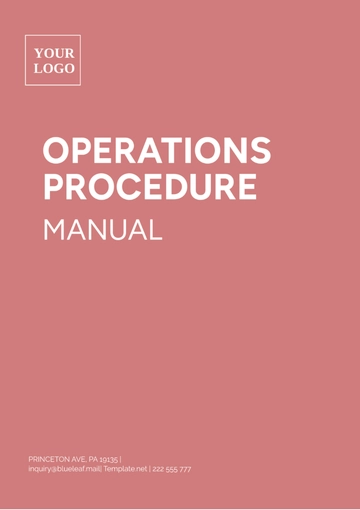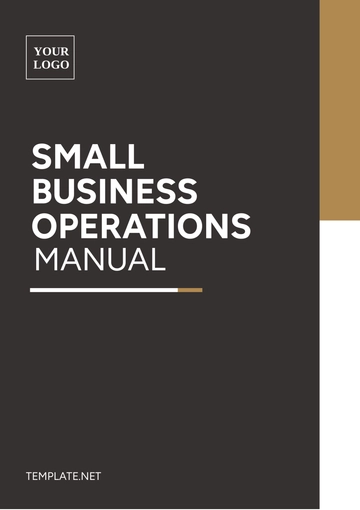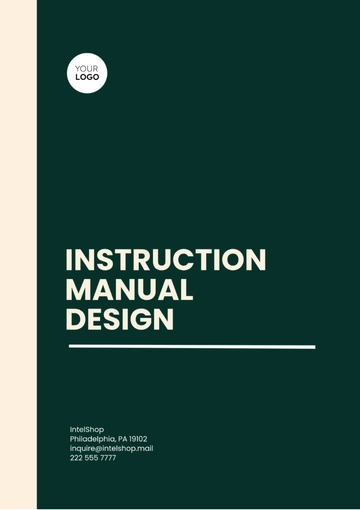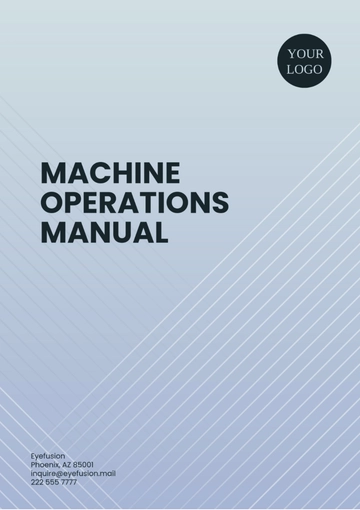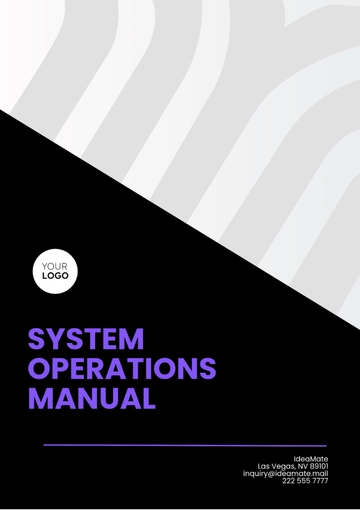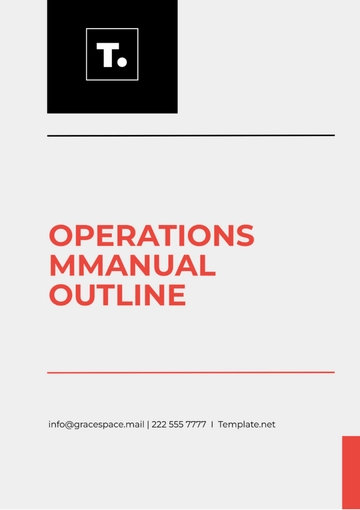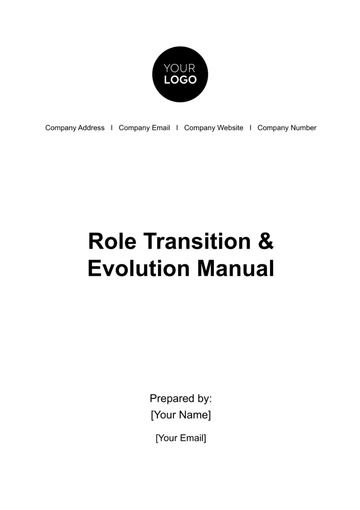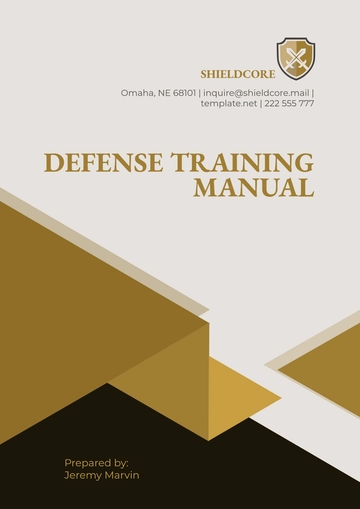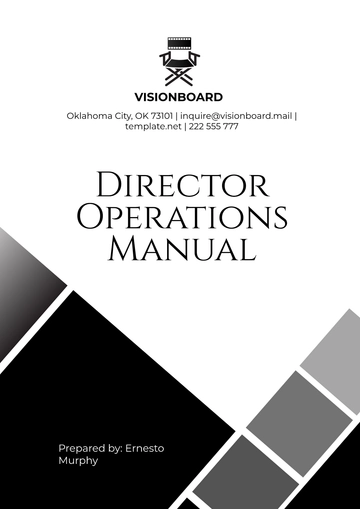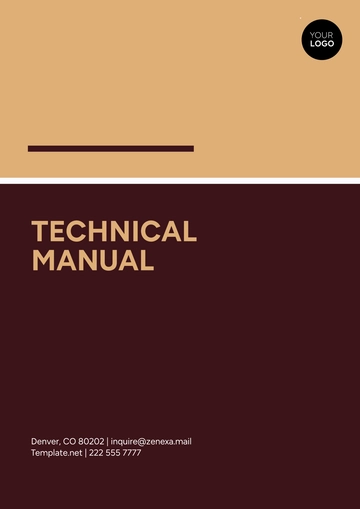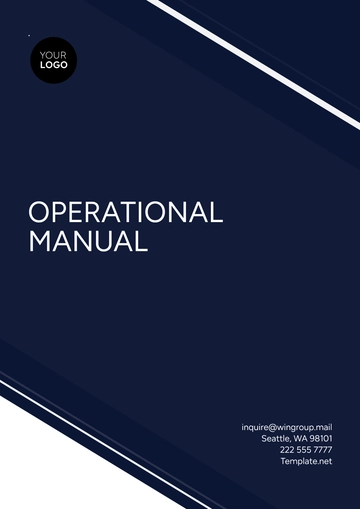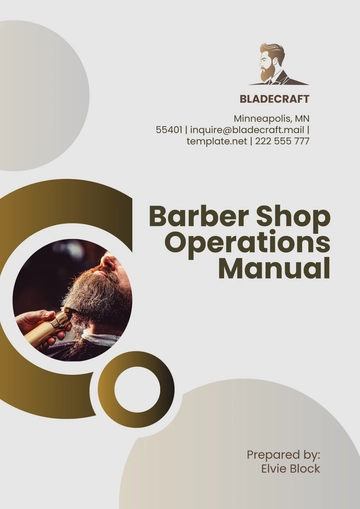Operational Manual
I. Introduction
This Operational Manual is created to provide a comprehensive guide for the proper use, maintenance, and troubleshooting of our system. The manual serves as a reference for all users involved in the operation, ensuring smooth and consistent functioning.
Prepared by: [YOUR NAME]
[YOUR EMAIL]
II. Training and Onboarding
New employees and users can benefit from this section, where they will find step-by-step instructions on how to use the system and follow essential processes. The operational manual serves as a valuable tool for training, providing a structured approach to the key tasks.
Task: Logging into the system
Step 1: Open the application by clicking on the system icon.
Step 2: Enter your assigned username and password in the respective fields.
Step 3: Press the "Log In" button.
This section helps ensure that new team members are fully equipped to navigate and use the system from day one.
III. Troubleshooting
When issues arise, this section guides users through identifying and solving common problems. Troubleshooting instructions are organized by the type of error or malfunction, allowing users to quickly resolve issues without requiring external assistance.
Issue: System won't start
Solution 1: Check if the power supply is connected.
Solution 2: Ensure all cables are properly plugged in.
Solution 3: Restart the system by pressing and holding the power button for 10 seconds.
This section also includes additional contact information for more complex issues requiring professional support.
IV. Process Standardization
This section ensures all tasks are performed consistently according to best practices and established guidelines. Following a standardized process guarantees that operations are carried out with efficiency and accuracy, minimizing the likelihood of mistakes.
Standardized processes also help improve team collaboration and performance.
V. Safety and Compliance
To maintain a safe working environment, this section includes essential safety protocols and regulatory compliance guidelines. Adhering to these procedures is mandatory for all users to ensure workplace safety and legal conformity.
Compliance with safety regulations is essential to protect personnel and avoid any legal consequences.
VI. Maintenance and Upgrades
Routine maintenance is essential to keep systems and equipment running efficiently. This section provides instructions on how to perform regular maintenance tasks and upgrade systems as needed.
Regular maintenance helps extend the lifespan of the system and prevents future malfunctions.
VII. Quality Control
Quality control guidelines are included in this section to help users verify that the system or process meets established standards. Users can use these steps to ensure high-quality results consistently.
Implementing quality control checks enhances the reliability and consistency of outcomes.
VIII. Documentation for Legal and Auditing Purposes
This section outlines the necessary documentation required for legal compliance and auditing purposes. Keeping accurate records of operational procedures, maintenance activities, and safety measures is crucial.
Proper documentation helps maintain transparency and ensures that the organization remains compliant with legal requirements.
Conclusion
This Operational Manual is designed to support users in every aspect of operation, from onboarding to troubleshooting. By adhering to the instructions provided, users can ensure that the system runs smoothly, safely, and efficiently.
[YOUR COMPANY NAME]
[YOUR COMPANY ADDRESS]
[YOUR COMPANY WEBSITE]
Manual Templates @ Template.net
